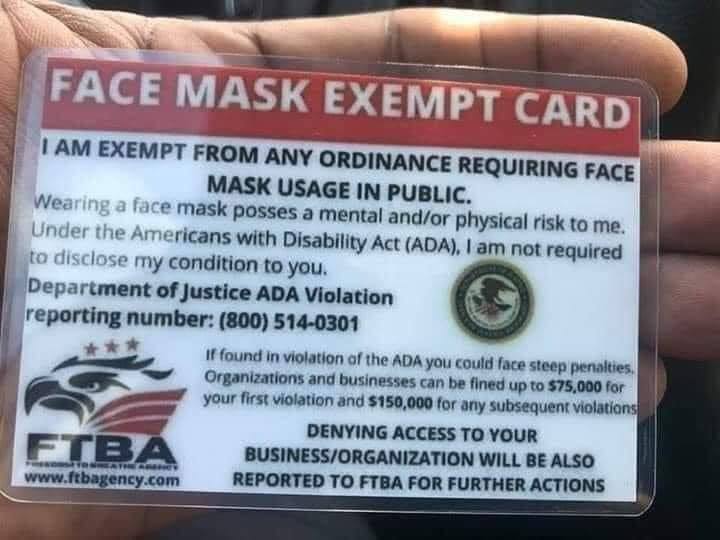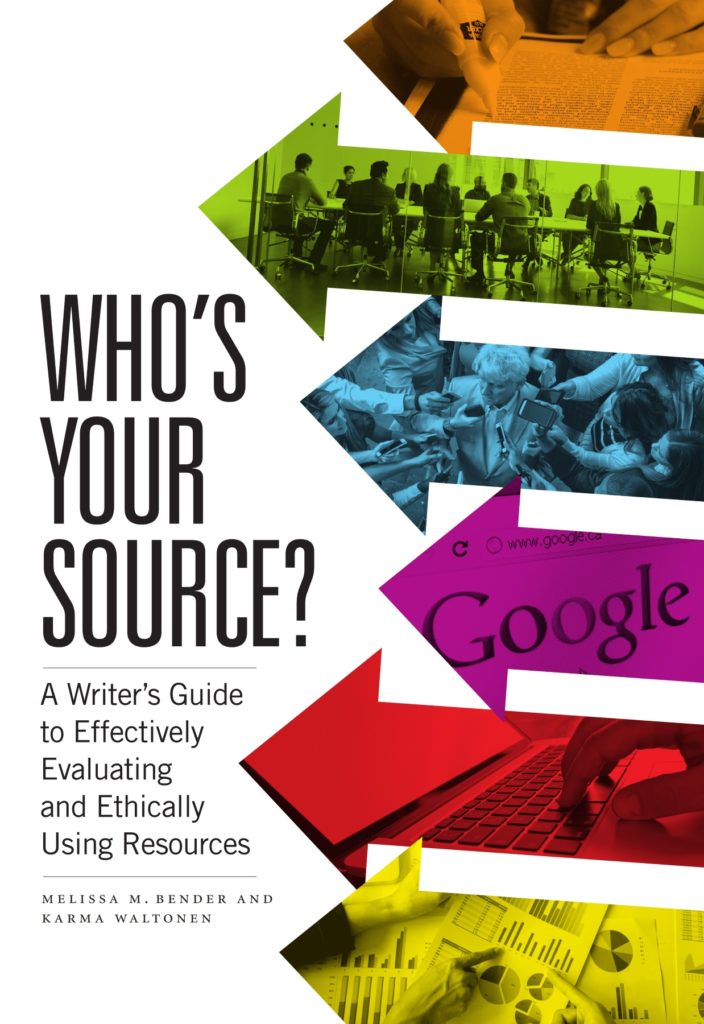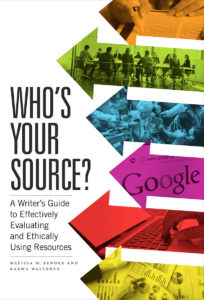I’ve just started venturing out a little bit–I’ve eaten inside a restaurant, and I’ve seen other friends who have been vaccinated.
It’s ironic that as safe as I’ve been this whole time, I had to get a Covid test after one of my friends tested positive. We still don’t know how she got it, and so far she’s fine. I’m guessing she was more vulnerable to infection than the rest of us because she got the Johnson & Johnson vaccine, which had lower protection against initial infection than the other vaccines.
My vaccine has kept me from getting infected, for example, even though we were in close contact for a few hours.
Watching so many Republicans refuse to get vaccinated, especially while countries like India and Brazil are in such danger, and while so many other people around the world don’t have access to vaccines, is infuriating. And I know it’s not just Republicans–there are conspiracy-theorists in all parties, but the Republicans were lied to by their leaders for so long that their reluctance to vaccinate has solidified into something dangerous to all of us–even knowing their leaders have been vaccinated can’t undo it.
Studies show that giving anti-vaxxers scientific information just makes the dig their heels in.
So what are we to do?
This American Life did a great episode recently, in which Republican strategist Frank Luntz (the guy who brought us manipulative political slanting like “the death tax”) worked to trump Trumpers’ concerns, using a focus group.
What he discovered has been reported elsewhere, but I highly recommend listening to the episode.
Despite all of our doubts, there was a way to reach them.
Bonus points if you can guess at which moment I screamed at an interviewee the most.







